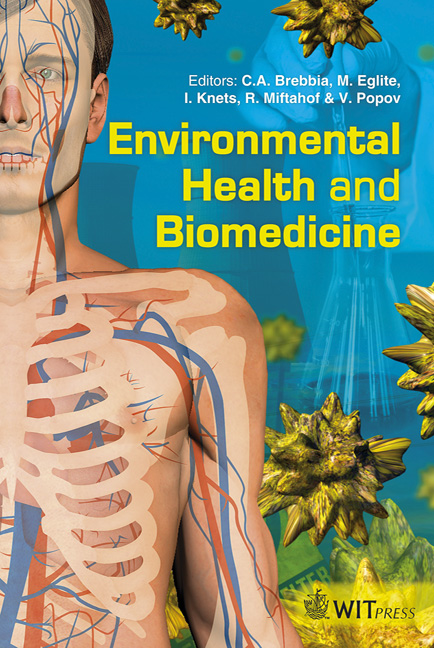An Investigation Into The Association Of Ozone With Traffic-related Air Pollutants Using A Quantile Regression Approach
Price
Free (open access)
Transaction
Volume
15
Pages
12
Page Range
21 - 32
Published
2011
Size
3,381 kb
Paper DOI
10.2495/EHR110031
Copyright
WIT Press
Author(s)
S. Munir, H. Chen & K. Ropkins
Abstract
Ground-level ozone (O3) is one of the most harmful air pollutants due to its adverse effects on human health, agricultural crops, biodiversity and materials. Ozone is a secondary air pollutant and interacts with meteorological variables as well as with many other air pollutants such as nitric oxide (NO), nitrogen dioxide (NO2), particles (PM2.5), and carbon monoxide (CO). This paper intends to investigate the relationship of ozone with these air pollutants and lagged ozone (previous day ozone) at a roadside monitoring site in Leeds UK. A quantile regression approach has been applied, which is suitable for the non-normal ozone distribution and capable of handling nonlinearities in the associations of ozone with its predictors; as it examines the entire distribution of the variables rather than a single measure of central tendency (mean or median). Our results show that lagged ozone has positive, whereas NO, NO2 and CO have negative associations with ozone. PM2.5 is negatively correlated with ozone at lower quantiles (below 0.6) and the relationship becomes positive at upper quantiles (0.6 and above), perhaps indicating more complex interactions. Also, it is shown that the effect of explanatory variables on ozone concentrations is a function of quantiles and hence the behaviour and interaction of the covariates with ozone change at different regimes of ozone concentrations, information which is normally hidden in the traditional regression models. Further statistical analysis demonstrates that for some air pollutants the nature of relationship (negative or positive) between ozone and its predictors remains unchanged and only the strength changes, for others nature and strength both change at different quantiles. The study explores the impacts of traffic-related air pollutants on ground level ozone concentrations and suggests the use of quantile regression
Keywords
quantile regressions, ozone, air pollutants, NOx, CO, PM2.5, lagged ozone





